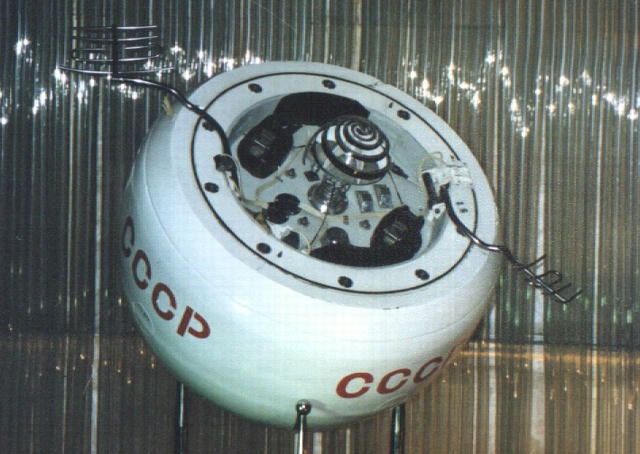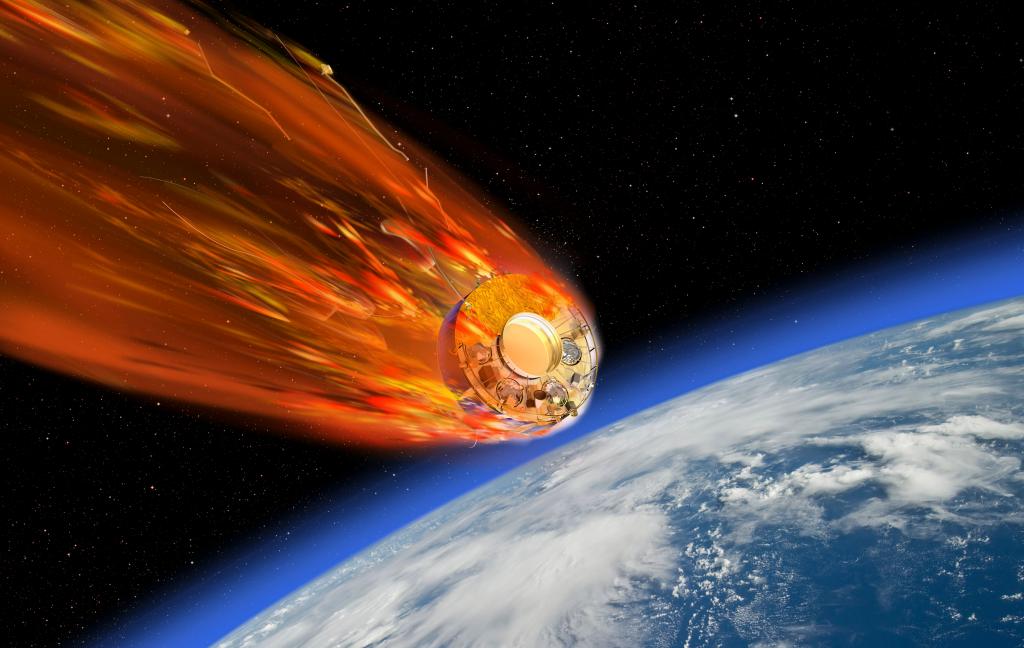Failed Soviet satellite is falling back to Earth — scientists warn car-sized probe could be deadly
Heads up!
It’s not just asteroids that are threatening to rock our world. A defunct Soviet satellite is slated to hurtle back to Earth next week, prompting concerns from space experts that we could potentially be in the line of fire.
The unit “might well survive Earth atmosphere entry and hit the ground,” warned British-American astronomer Jonathan McDowell in “In which case, I expect it’ll have the usual one-in-several-thousand chance of hitting someone.”
Launched in March 1972 by the USSR, the Kosmos 482 probe was dispatched to gather data from Venus’ inhospitable surface, However, due to a malfunction with one of the rocket boosters, the intergalactic recon machine was left stranded in Earth’s orbit — literally spiraling out of control.
The dead spacecraft — which is around the size of a car — is now on track for reentry sometime between May 7 and 13, give or take a few days.
Marco Langbroek, a Dutch space expert who discovered the lander’s impending comeback tour, that it is possible that the satellite could penetrate Earth’s forcefield and “impact intact” because it was designed to “survive passage” through Venus’ fiery atmosphere.
He reportedly even concocted a model for the errant spacecraft’s reentry, which clocks the wreckage’s end velocity at 145 miles per hour-plus on the ground or ocean impact, MacDowell analogized this phenomenon to “a car falling out of the air at 100 to 200 miles per hour.”
And while Langbroek noted that the probe was equipped with a parachute, he “wouldn’t bet on that working now, and would assume that, if it survives re-entry, it would come down hard.” “With a mass of just under 500 kg (around 1,100 pounds) and 1-meter (over 3 feet) size, risks are similar to that of a meteorite impact,” he deduced.
Thankfully, we don’t need to brace for deep impact just yet, per Langbroek, who pointed out that the “risks involved are not particularly high, but not zero.”
MacDowell seconded this assurance that we likely won’t get struck by the “dense but inert” space junk as most of the world is not inhabited by people.
“If you land something in a random part of the Earth, the chance that it hits a person is about one in 10,000,” the expert “The chance that it hits you is then one in 10 billion – smaller than that.”
He quipped in the blog post, “No need for major concern, but you wouldn’t want it bashing you on the head.”
As for where the haywire hardware will potentially land, Langbroek speculated that it could strike “anywhere between 52 degrees north and 52 degrees south latitude,” an area that encompasses “much of south and mid-latitude Europe and Asia, as well as the Americas and the whole of Africa and Australia.”
“Of course, the biggest chances are that it will land in one of the oceans,” he said.
In the event that the errant satellite does “cause damage – or worse, to hurt someone – that would be something that the Russian government would be liable for,” said MacDowell.
Kosmos 482 was designed as a sister probe to Venera 8, which launched in July 1972 and landed on Venus’s sweltering surface, becoming the second-ever spacecraft to do so.
The satellite then transmitted data from Venus for just over 50 minutes before ultimately combusting in the fiery environment.





